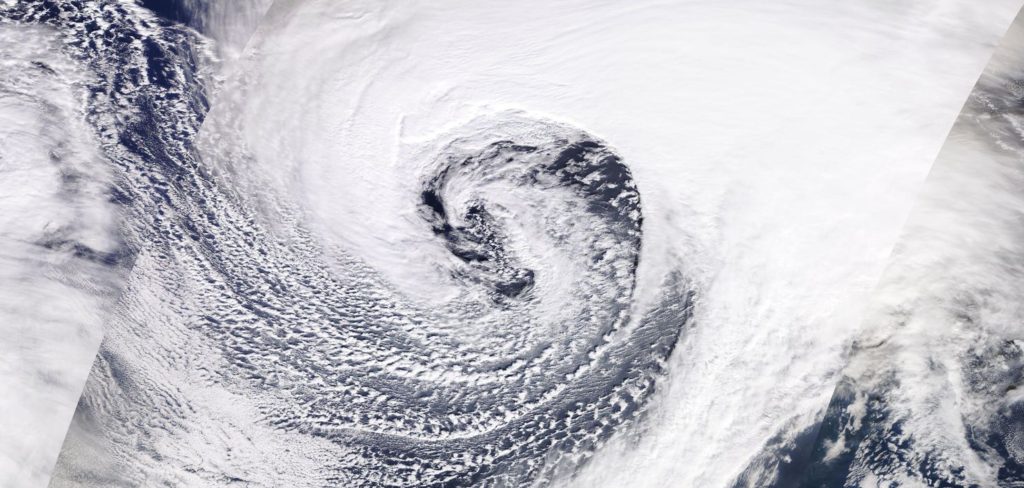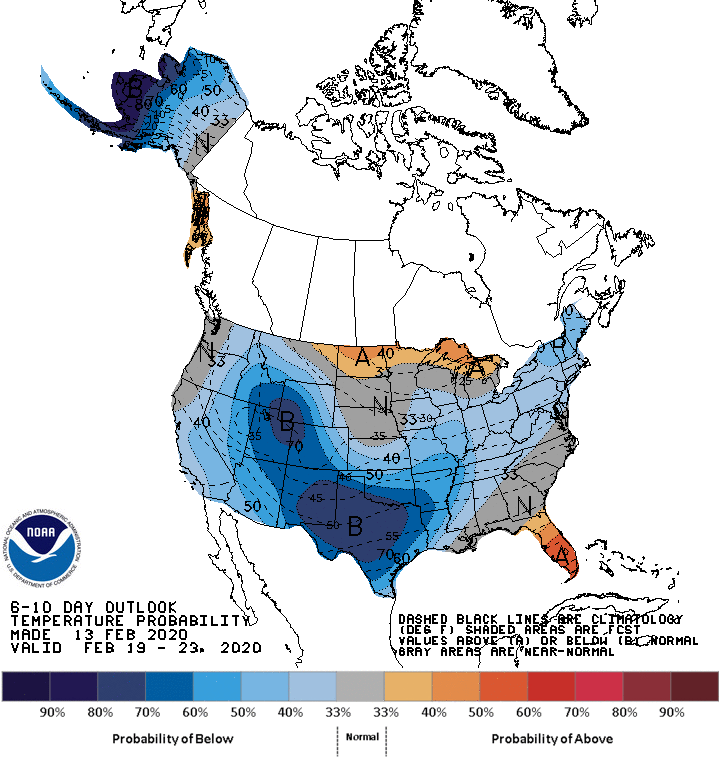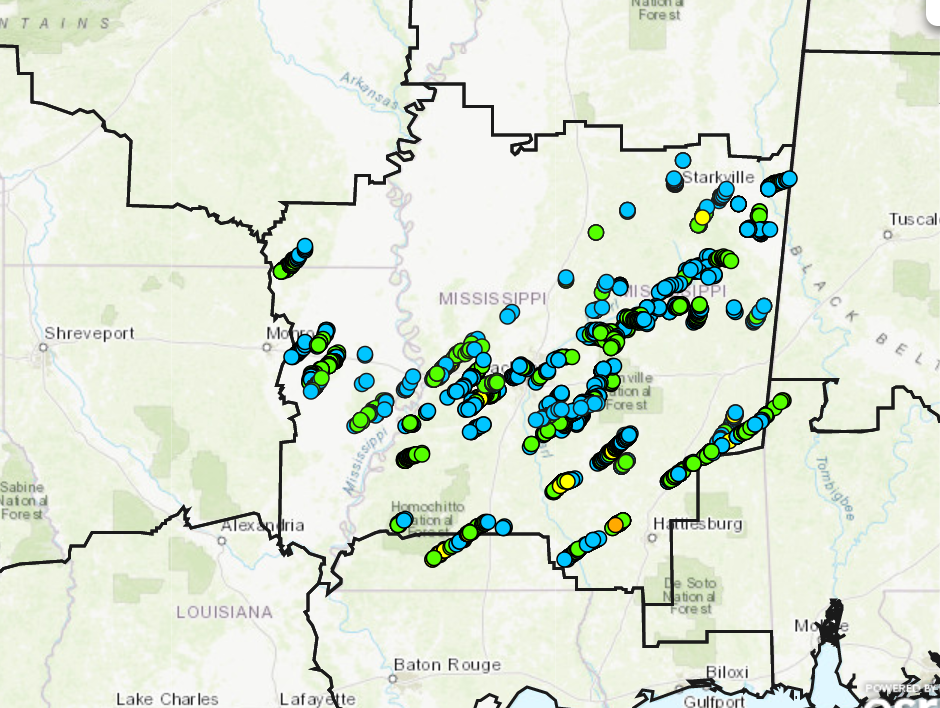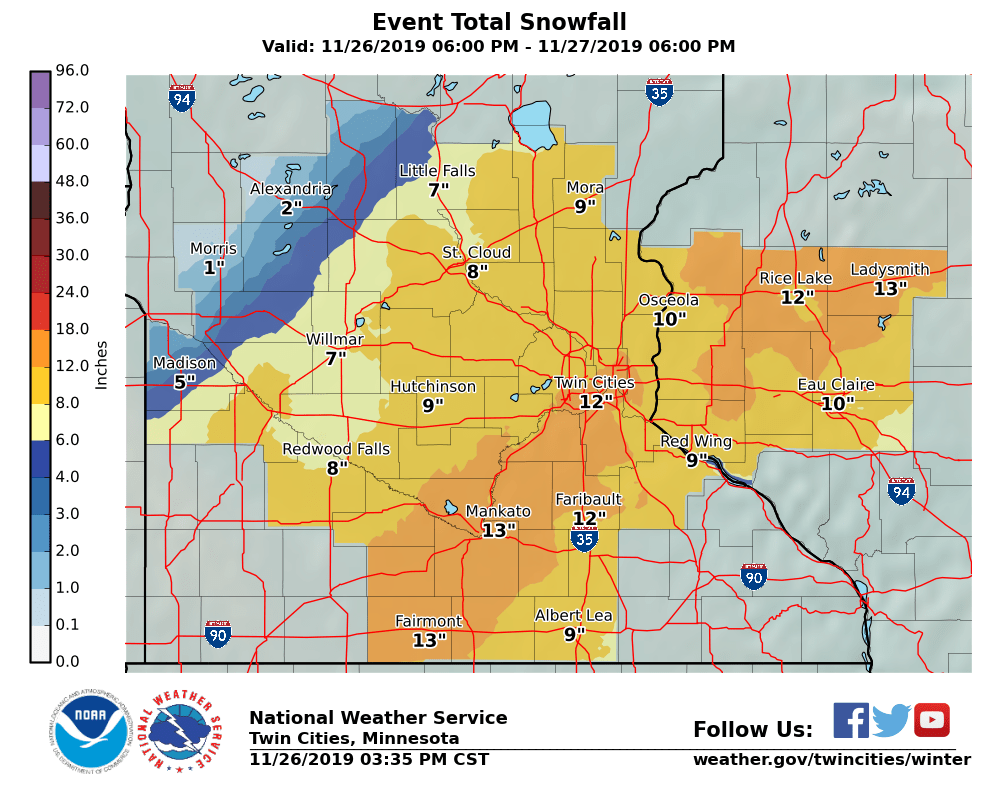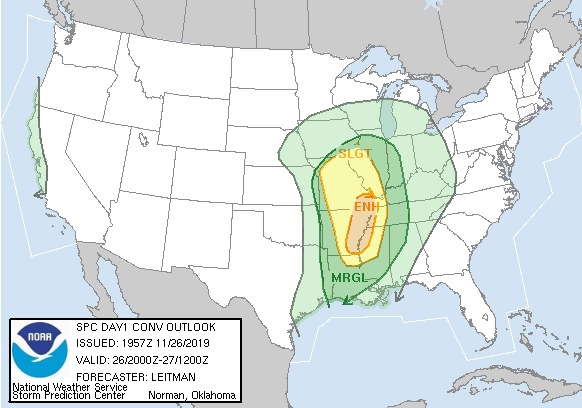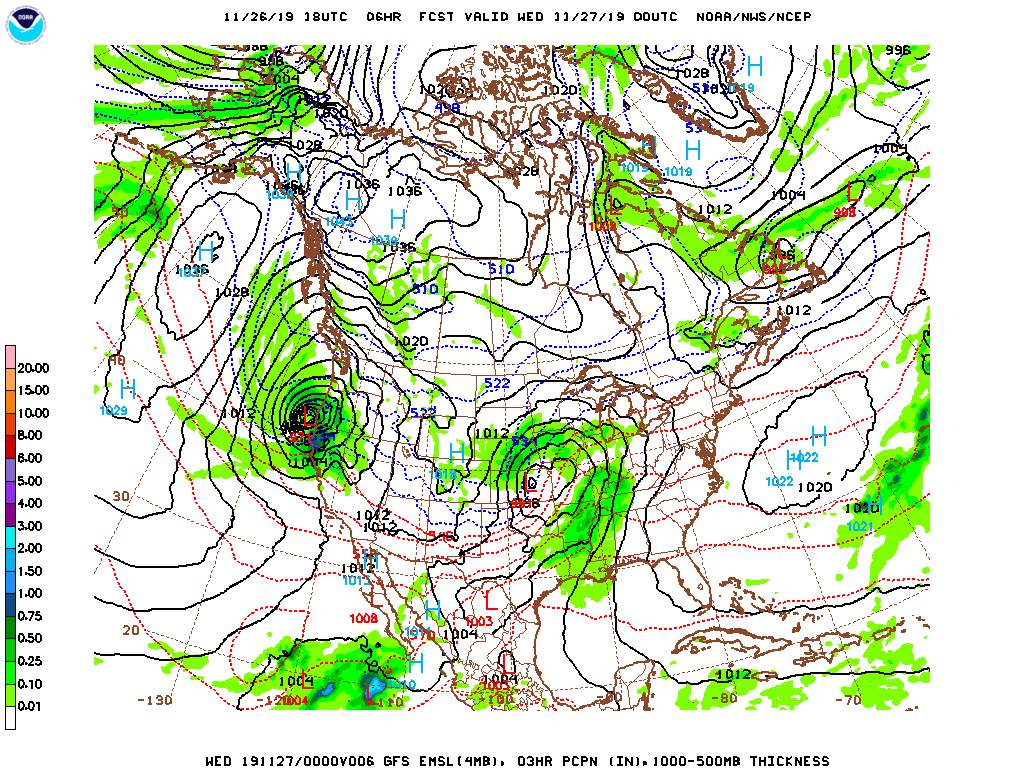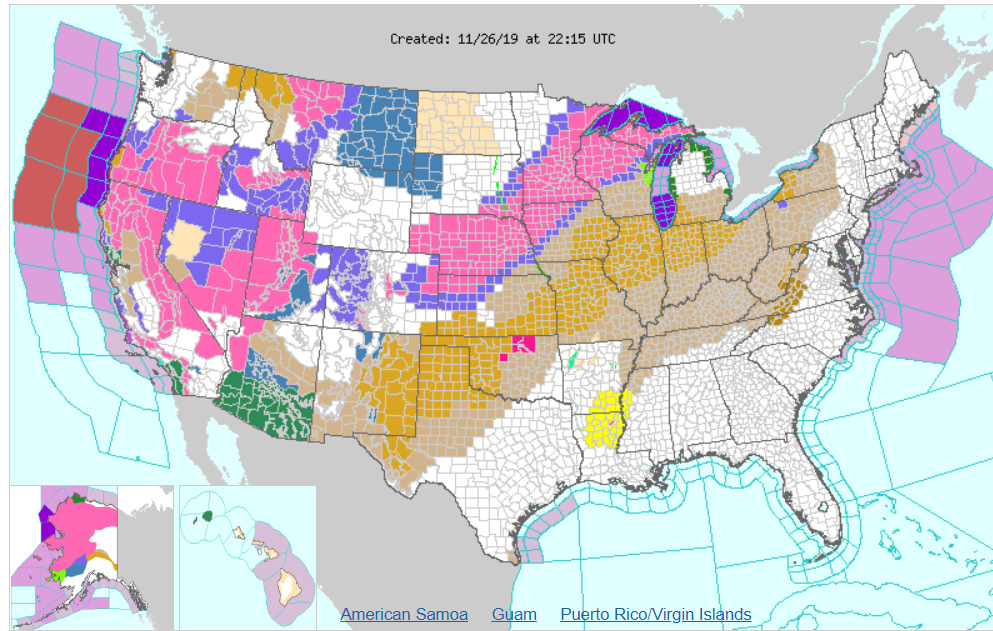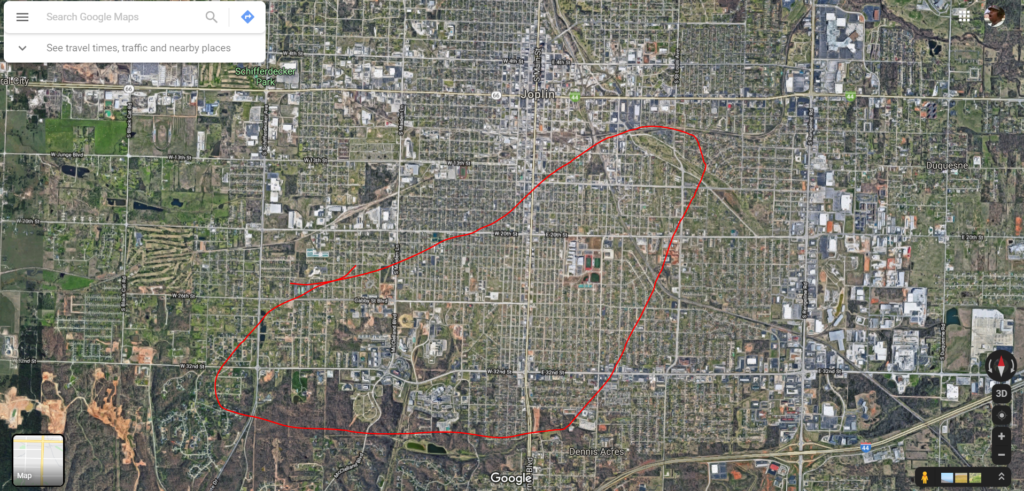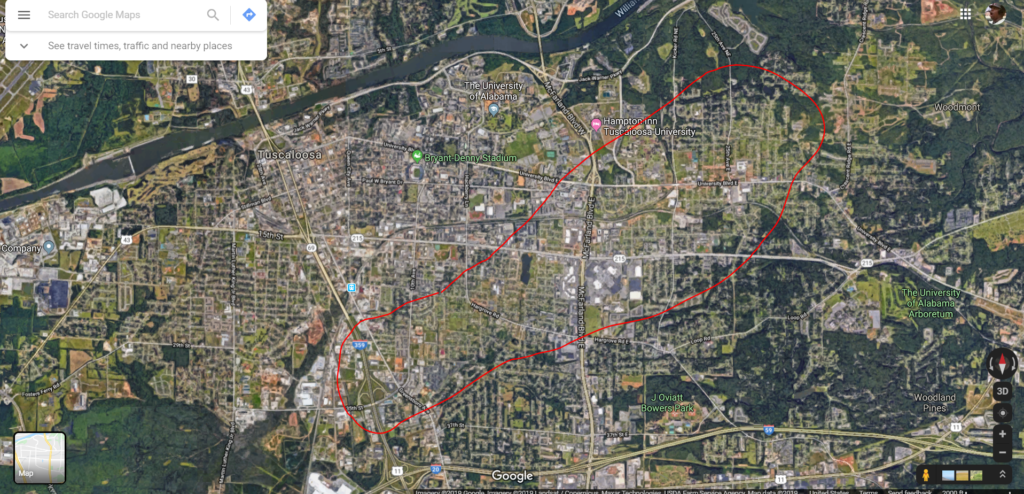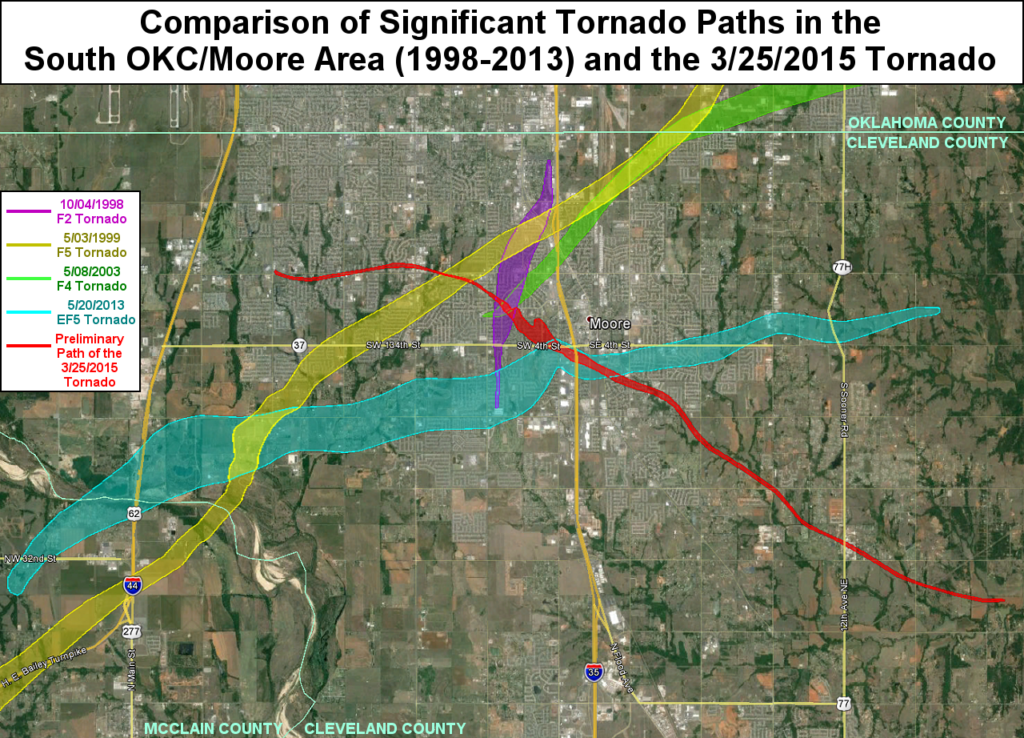Do you know what this site has been missing this winter? Posts about snow storms on the East Coast. this isn’t just because of our pared down content schedule either; there just hasn’t been any snow to speak of south of New York, and the biggest features have waited until they are over the Atlantic to really take off.
New York hasn’t been particularly snowy either, but Philadelphia and Washington have seen less than an inch of snowfall accumulation all season. Take a look at the accumulated totals for the mid-Atlantic to date this season.
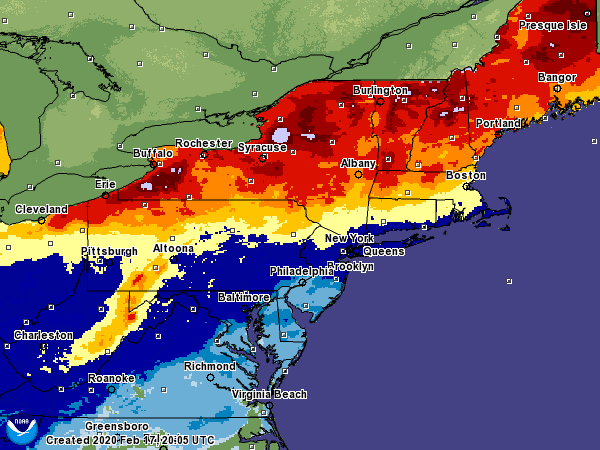
The light blue shadings are the 0-1″ range, which includes southern New Jersey to northern North Carolina, at which point the total accumulations really taper off. Things are light north of there as well, with under half a foot falling from the Cape to southeastern Pennsylvania.
It hasn’t been dry along the East Coast. There have been plenty of warmer core systems that brought enough rain to make sure the soil stays saturated. There have also been cold snaps from time to time. The problem for snow lovers in the Beltway is that those two things haven’t phased.
It’s still only the middle of February, so hope is not all lost for people want to see some snow this season, but for those that aren’t snow aficianados, we are already almost out of the woods for the season, and it has passed with very little headache.

